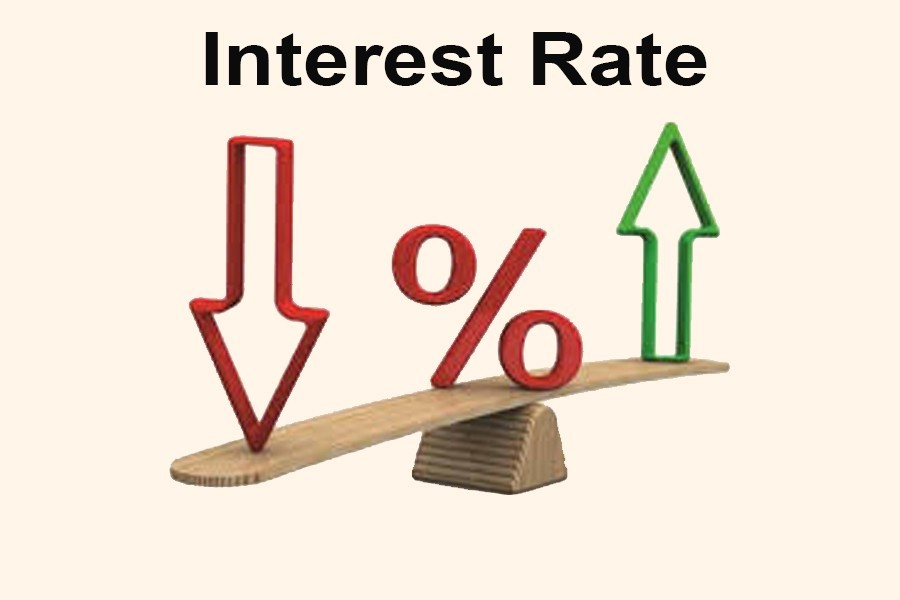The obvious has happened. Many banks until Thursday last did not comply with the decision of the Bangladesh Association of Banks (BAB), the organisation of sponsors of private sector banks, on deposit and lending rates.
The BAB had announced that the private commercial banks (PCBs) would bring down both lending and deposit rates to a single digit--- 9.0 per cent for lending and 6.0 per cent for deposit from July 01, 2018.
However, a good number of banks are still sticking to the double-digit lending rates and the deposit rates well above the BAB-prescribed ones.
Some banks have lowered the lending rate to 9.0 per cent in some insignificant areas. There is hardly any lending activity in those. Besides, lending rate for agriculture sector has been at 9.0 per cent for long.
A number of top bankers have described the BAB-directed interest rates as 'emotion-driven' and impractical ones.
Questions aplenty have already been raised from various quarters about the recent initiatives taken by BAB, Association of Bankers, Bangladesh (ABB), Bangladesh Bank and a section of policymakers to make the banks' interest rates 'directed' ones rather than the ones decided by the market.
But the relevant parties are, apparently, bothered least by all these questions. They are trying their best to squeeze out benefits as much as possible from the government and the banking sector regulator in the name of lending rate cut.
They have managed quite a few. The first concession came through the increase in the share of private banks in the deposits coming from the state-owned entities.
Earlier, the private banks were entitled to have 25 per cent of such deposits. Lately, it has been raised to 50 per cent.
The central bank---the Bangladesh Bank (BB) -- then came up with another sop. It slashed the repo rate by 75 basis points and cash reserve ratio (CRR) by one percentage point.
The government also cut the corporate tax for banks and non-banking financial institutions (NBFIs) by 2.5 per cent.
Now the private banks are pressing both the public sector agencies and the commercial banks to deposit their funds at an interest rate of 6.0 per cent.
Even with all these benefits, the PCBs are unlikely to bring down lending to 9.0 per cent for the real sectors of the economy. It would be really difficult for them to mobilise funds at rates between 6.0 to 8.0 per cent under the prevailing market conditions.
Banks are now chasing depositors for funds. In such a situation, it would be difficult for them to lower deposit rates, and consequently, lending rates.
The recent developments involving interest rates of banks can hardly be seen in isolation. Those are very much linked to the deep-seated problems hurting the banking industry. Unless and until those ills are removed, the banks would continue to encounter repeated bouts of pains in the future.
Lately, two suggestions---formation of a taskforce to look into the non-performing loan situation and constitution of a banking reforms commission---are being made rather loudly. Those need to be heeded with due earnestness.


